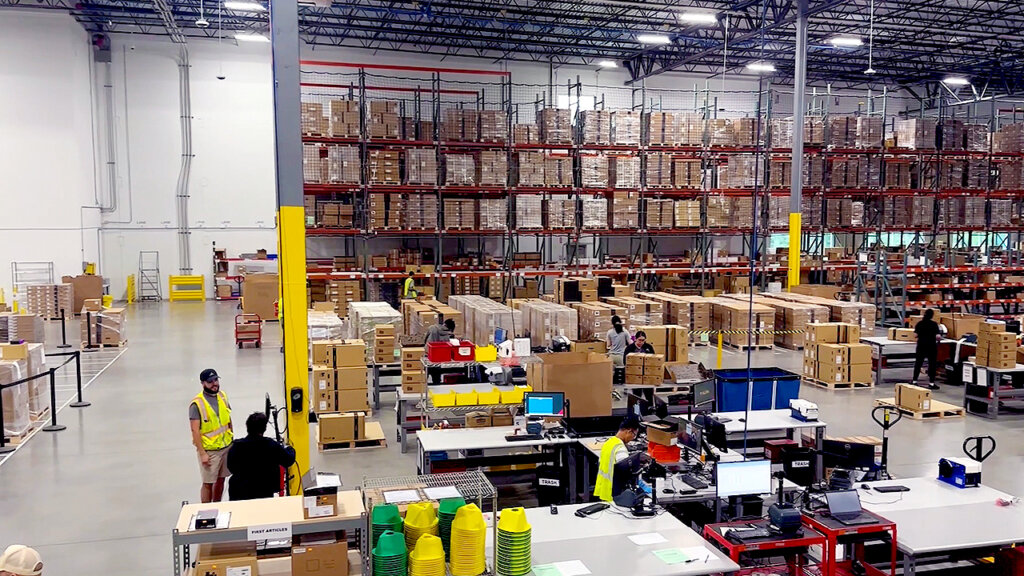Chess players are often admired for their analytical skills and ability to make decisions. Yet, chess is so much simpler than supply chain.
There are fewer game pieces in chess – actually just 32. There are hundreds, thousands or even ten thousand suppliers, decision makers, customers, distributors and other players in the supply chain of products. Think about the 600,000 parts in an airplane. A problem with just one part can bring down the supply chain, as automakers and others are discovering during the ongoing chip supply crisis.
The pieces don’t move by themselves in chess – The pieces are stationary until the players move them. But in the very real world of supply chain, suppliers and other parties change, go out of business, prioritize other activities and make decisions impacting other parts of the supply chain. Often, change is a good thing with great improvements.
The rules don’t change in chess – The game is about 1,500 years old, and the rules are pretty much the same. In supply chain, the rules change daily. From regulations, to tariff, to work stoppage, to port crisis to trade wars and IP theft, the rules are entirely dynamic. Risk mitigation strategies must be front and center, as supply chain pros see the other shoe dropping daily.
Chess is played on a board limited by 64 fields – Supply chain is a global activity with complex global interactions and expanding possibilities and competitive pressures for expanding limits even further. From drone deliveries in remote areas to 3D printing to predictive analytics, the field keeps growing.
The winning game piece does not change – Chess players try to hang on to all pieces, from pawns to the queen. Yet, in the end, it is all about the king. In supply chain the winning piece changes. The supply chain win is to have the right product in the right location for the market at the right time. However, demand switches from one channel to another or from one product line to another or from one market to another very fast. We saw extensive demand shifts during 2020, and there is no sign of it letting up.
Except for the King, you can lose any game piece – Long live the chess king. Yet in supply chain, each supplier, each hand-off, each mode of transportation and each border crossing count. US companies learned this the hard way these past months, as inbound supply from overseas was stuck in ports for weeks and even months. One missing part from one supplier can bring down plants.
A long chess game takes 20 hours – Yet in the supply chain world, lead times on product components can be 20 months. With the dynamic nature of supply chain, it takes guts to place orders 20 months out. Think about the oil industry ordering drilling equipment and taking delivery after the market suffered a significant dip.
How come supply chains can work in spite of all this? Well, chess playing is generally a solitary sport with two single players facing each other. In supply chains, we have thousands of people working together, contributing and collaborating, each bringing their own expertise. That is why collaboration is so important and why I cherish everyone in ALOM’s supply chain. The old days of command and rule, of shutting up the suppliers and roughing them up in negotiations, and of working in a vacuum are long gone. Today, with the industry changing so rapidly, winning supply chains belong to corporations and individuals who value collaboration, mutual respect and the diversity of thought and new ideas in the supply chain.
Let’s also remember that chess is played without any tools. In supply chain we fortunately have technology. We have discovered that the winners deploy great, visionary technology solutions and use data well.
In the end, the best supply chain pros must be better than the best chess players. Hiring the best and working with the best team surely has to be a priority for the supply chain champ.













